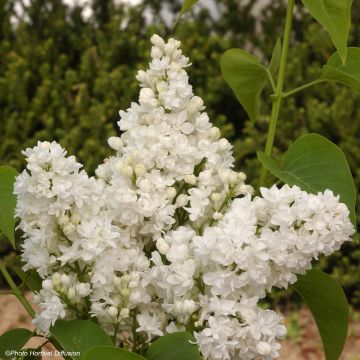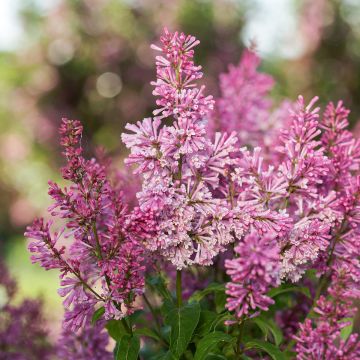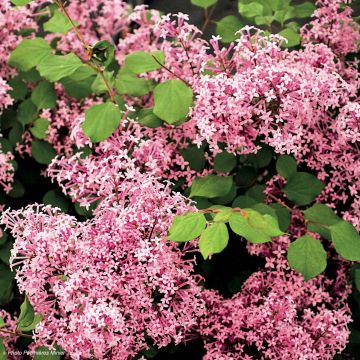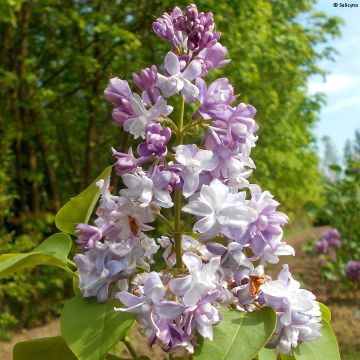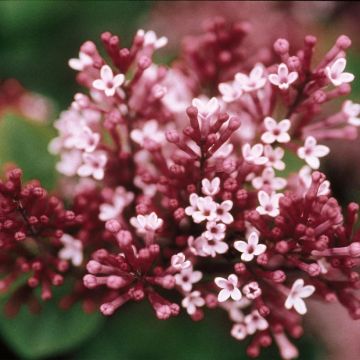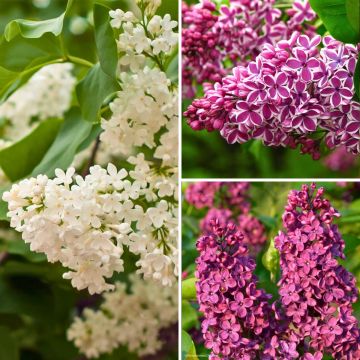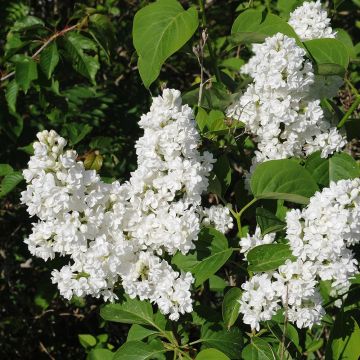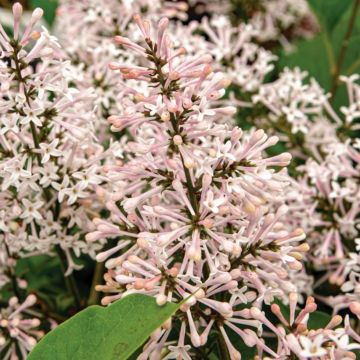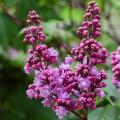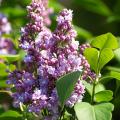Fragrant Lilacs
Would this plant suit my garden? Set up your Plantfit profile →
Available in 2 sizes
Available in 1 sizes
Available in 0 sizes
Available in 2 sizes
Available in 1 sizes
Available in 1 sizes
Available in 1 sizes
Available in 1 sizes
Available in 2 sizes
Available in 1 sizes
Available in 3 sizes
Available in 1 sizes
Available in 1 sizes
Available in 3 sizes
Available in 2 sizes
Available in 1 sizes
Available in 3 sizes
Available in 1 sizes
Available in 1 sizes
Available in 2 sizes
Available in 1 sizes
Available in 1 sizes
Available in 1 sizes
Available in 1 sizes
Available in 1 sizes
Available in 1 sizes
Available in 1 sizes
Available in 1 sizes
Available in 2 sizes
Available in 2 sizes
Available in 2 sizes
Available in 1 sizes
Available in 1 sizes
Available in 2 sizes
Available in 0 sizes
Available in 1 sizes
Available in 1 sizes
Available in 1 sizes
Available in 0 sizes
Available in 1 sizes
Available in 1 sizes
Available in 1 sizes
Available in 2 sizes
Available in 0 sizes
Available in 1 sizes
Available in 1 sizes
Available in 1 sizes
Available in 1 sizes
Available in 1 sizes
A selection of the most fragrant Lilacs to enjoy in the garden or add to bouquets that will perfume the house. The common Lilac, Syringa vulgaris, is a wild species known for its highly fragrant clusters of purple flowers in spring. It has produced numerous varieties with blooms in varying colours, single or double, some of which are remarkably fragrant. In particular, 'Katherine Havemeyer', with double flowers of a pinkish mauve; 'Charles Joly', double, in beautiful burgundy red; 'Souvenir de Louis Spaeth', with single flowers of a rich and dark red, and 'Capitaine Baltet'. The latter is unique for its distinctly blue colour but also for its fragrance, both suave and powerful. Smaller, perhaps slightly less fragrant, the Chinese Lilac or Syringa microphylla 'Superba' seduces many gardeners with its abundant spring flowering, very pink, blooming again at the end of summer, subtly fragrant. Other less known fragrant varieties, like the Hyacinth Lilac (Syringa x hyacinthiflora 'Maiden's Blush'), bloom 7 to 10 days before the common lilac, like a pleasant appetizer. Its other advantage is foliage that takes on beautiful tones in autumn. For small gardens or container gardening, there are lilacs that are both compact and fragrant: such as Syringa patula ‘Miss Kim’ for example, a bush that reaches 1.50 m (5ft) and blooms late, with clusters of very fragrant pale lilac flowers. Or the dwarf Lilac Bloomerang 'Pink Perfume' that offers generous pink flowering twice a year, very fragrant. In terms of scent, lilacs have a tender and delicate fragrance, both flowery, green and rosy, with slightly aniseed and powdery notes, very feminine.
Easy to grow in any well-drained soil, in almost all climates, Lilac is an essential shrub or small tree in a flower garden, whether planted in a hedge or shrub bed.
Haven't found what you were looking for?














































